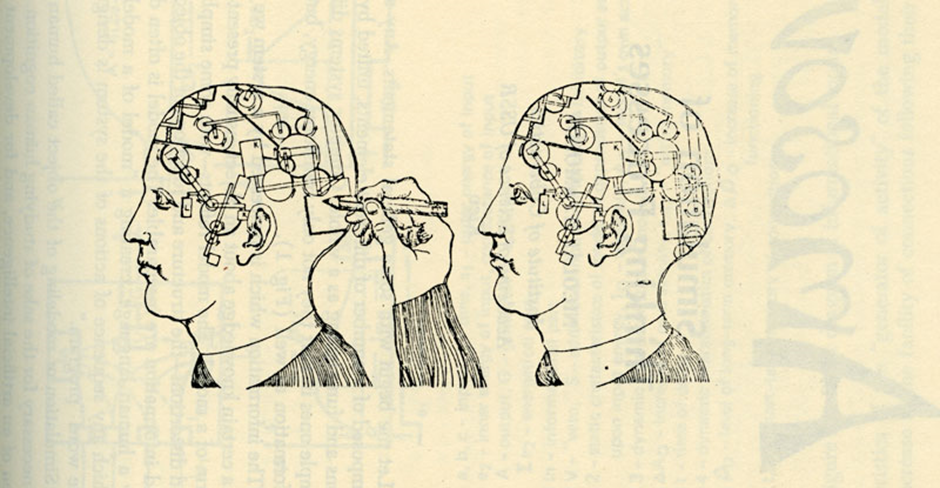The Future of Cybernetics

The future of Cybernetics; how close are we to mechanizing humans?

As kids, we must have all imagined how cool it would be to be a cyborg in real life, from movies such as Terminator to DC comic character Cyborg. I’m sure at some point we have thought about a long-asked question; Will cyborgs one day become non-fictitious, being integrated into our daily lives with humans having cybernetic enhancements?
Surprisingly, there have already been significant steps towards developing prosthetics. They mainly serve to aid amputees or those born with disabilities to integrate back into society and allow daily actions to be easier to perform. There are a range of different cybernetic enhancements, ranging from prosthetic limbs to a device that allows blind people to see.

How are prosthetic limbs able to be controlled by the human mind? There are actually multiple ways, with the most common method being Electromyography. This process involves attaching sensors to the residual muscles of the amputated limb. These sensors can detect electrical signals from the brain when it wants to move a specific muscle and convert the signals into commands for the prosthetic. The electric signals from the brain are called Motor Commands and are generated from the brain's motor cortex, in the cerebral cortex. The cerebral cortex is in charge of a person’s memory, language, and learning, while the motor cortex is in charge of controlling movement.
Electrical signals from the brain are converted into commands for the prosthetic through the use of a Brain-Computer Interface (BCI). The use of the BCI requires a period of training, as it takes a long time to rehabilitate. The BCI can either be a chip that is implanted in the brain to detect electrical signals, or electrodes that are placed on the scalp to detect brainwaves. They are most often used in neurorehabilitation after paralysis or other impairments. The BCI can be said to be a neural pathway to the robotic arm.
However, there are also disadvantages to using electromyography. Firstly, the recordings of the electrical signals could be interfered with by the electrical supply of the electromyography itself, or even other muscles. This drastically decreases the efficiency of the rehabilitation process. In addition, a study conducted in 2014 showed that 58.5% of test patients experienced discomfort during the study. Another study also suggests that there are significant false-negatives rates, with the positive results being very misleading.

There are other alternatives to connect the brain to the prosthetic. Brain implants, also known as neural implants, establish a link between the brain and the prosthetic. The implants allow the patient to receive sensory feedback directly through brain activity, making the control process more natural and allowing for a wider range of movements. Small electrodes are placed onto the brain’s outermost layer, called the cortex. When implanted, electrodes detect and read electrical signals from the neurons. These signals are generated when the brain communicates with other organs, which allows a pattern to form in accordance with various aspects of the brain activity.

However, the detected signals are extremely weak, and cannot be analysed well without amplifying and filtering them. The amplification process strengthens the signals while keeping their properties constant, and is done through electronic amplifiers in the implant. After amplification, the signals still have to be filtered and processed. Signals often contain a lot of unnecessary information noise, and digital filters are able to isolate the frequency needed and remove the noise. When the signals are filtered, Feature Extraction can be performed. Feature extraction would further narrow down the filtering process, identifying the specific characteristics in the signal that are relevant to the need.
Step 3 would involve Normalization, which ensures that the extracted features of the signals are consistent, allowing the same brain signals to be used again for the same function in the feature. Then, Classification is done, which is when extracted features are extracted to relate them to control commands. This process is usually completed by an algorithm for convenience. The patient would have to train the algorithm using the data, and the algorithm is able to learn the patterns in the neural signals associated with these actions. The last step would simply involve training and getting used to the prosthetic, usually taking 4-6 weeks.
Overall, brain implants are much better than electromyography due to it being a newer technology. It allows for a direct link between the brain and the prosthetic, which allows it to be more convenient and precise, allowing for finer control and complex or delicate movements. It also has the potential for sensory feedback, for example, you can feel the texture or temperature when touching an object with the prosthetic, further enhancing a patient’s experience and improving their sense of control. Lastly, they are much more preferable amongst those with a more severe issue such as complete loss of limb function. This is because their brain signals would get too weak, rendering electromyography ineffective. However, if the initial injury is not too severe, electromyography could be more preferable due to its cheaper cost. Furthermore, it carries less of a risk compared to Brain Implants, as Brain implants are ‘invasive’, meaning it requires surgeries to complete. Brain Implants are also a lot more complex, requiring a longer training and adaptation time for users.

In conclusion, while the future of cybernetics is still in its early stages, the scientific world as already made great strides in the world of prosthetics. The next step that we should aim for is allowing prosthetics to be more accessible to all, allowing those who are less fortuned to also access such technology, giving them an easier time to integrate back into society.
Citations available upon request.